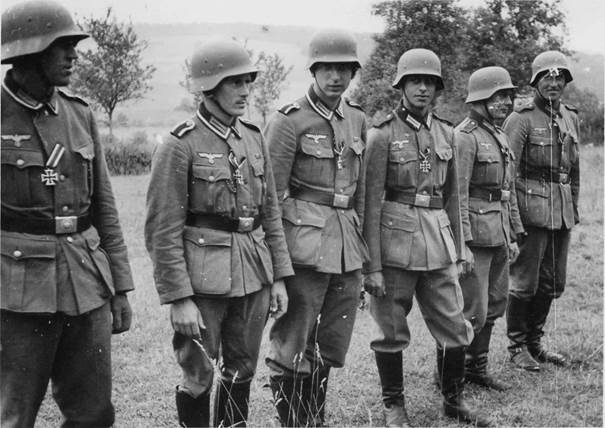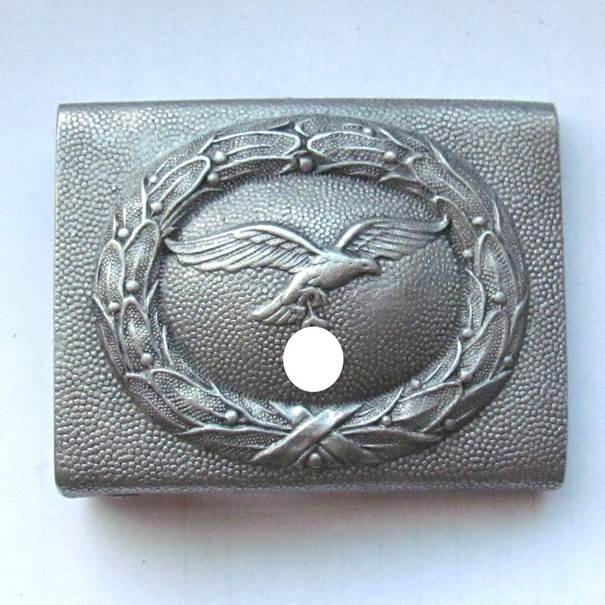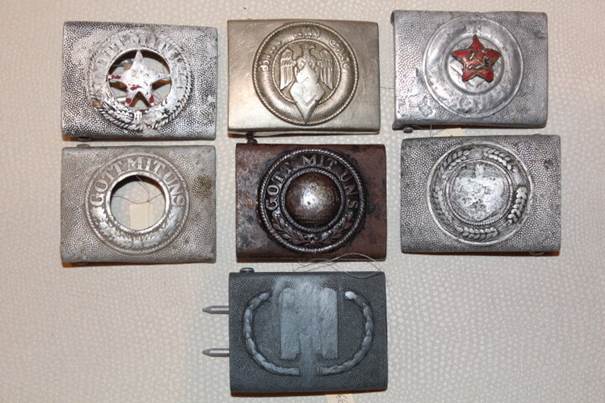What did the inscription on the belt buckle of the German soldiers mean, and where did it come from?
Yesterday I watched a German documentary about the period of the Great Patriotic War and paid attention to one interesting detail – the belt buckles of German soldiers and officers. The fact is that they all have buckles with different patterns. How are we used to it in the Soviet Army? Soldiers have a star on their buckles, while officers have either a star or a simple belt. That’s what it’s called – an officer’s belt. At least that’s how it was in the north. Also, if you serve in the navy, then an anchor will be depicted on the buckle. Whether it’s the case with the Germans, there is a complete variety of flights of fancy, because absolutely everyone had, and still has, their own type of buckles. How could they not confuse them?

Probably the most common and well-known buckle among German soldiers during the Great Patriotic War was the one with the inscription “Gott mit uns”, which means “God is with us” in German. In fact, this was not some kind of innovation during the war, such buckles appeared in Nazi Germany back in 1933. Earlier, starting in 1847, there was simply the crown of Prussia, although periodically also with a similar inscription. But okay, the Crown and Prussia, let’s leave that to German historians to study, I was more interested in something else, namely the inscription “God is with us”. After all, after what the Germans did in the occupied Soviet territories, it is difficult to say that God was with them at that moment. Where did this phrase come from in the first place?
In fact, this phrase was first used both long before the start of the Great Patriotic War, and long before the Nazis came to power. It was used as a battle cry by legionnaires in the Roman Empire, and then in Byzantium. A little later, in Germany, this cry was adopted by the fighters of the Teutonic Order. But for some reason, it did not become popular in Germany and only a few people used it. It was especially popular among soldiers, also as a battle cry, in the Swedish army during the Thirty Years’ War from 1618 to 1648.

This phrase finally came to Germany after King Frederick of Prussia was the first to put it on the coat of arms of the kingdom. It was back in 1701. 170 years later, the motto began to be applied absolutely everywhere, from the imperial standard, coins and paper money, to the buckles on soldiers’ belts. Interestingly, the German army was not the only one to use this motto. At the same time, it was used in the Russian army. I’m sure many of you have seen these banners with the inscription “God is with us.” At one time, such an inscription was even on the coat of arms of the Russian Empire.

And, on top of that, it was used by the Swedes, whom I mentioned above. So, as you can see, this inscription cannot be associated exclusively with the Nazis, it was used by many armies and states of the world. It’s just that we didn’t fight the Roman Empire as globally as we did the Germans, but we did fight the Swedes, but that was a long time ago. That is why such associations arise exclusively with fascism.

As for the fascists themselves, when they came to power, the crown on the buckle was replaced by a black eagle with a swastika. By the way, only ordinary soldiers had this inscription “Gott mit uns”. Officers and enlisted men of the SS often had a completely different inscription, and more than one. And the Luftwaffe pilots did not have any inscriptions at all (above in the photo).

And there were such buckles as in the photo above. They were popularly called “Buckle with a button”. With a button, because there were no insignia, let alone inscriptions, on it. Such buckles were worn by the soldiers of the penal companies, because they had no right to wear any symbols in any of its manifestations. That’s why it’s such a strange buckle.

